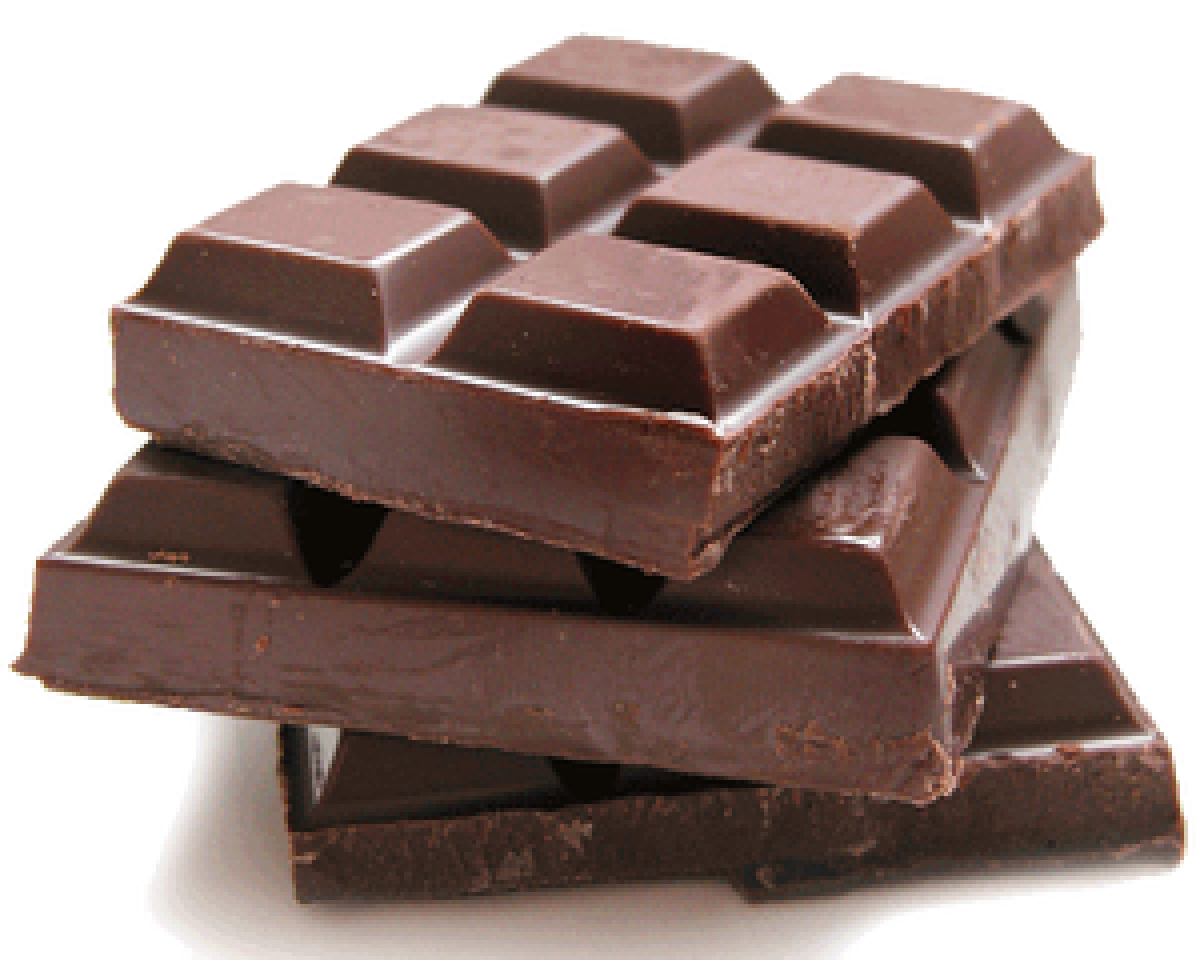What does it mean to be made in G-d’s image, and how does that relate to Fair Trade?

“When you hear the word ‘chocolate,’ what comes to mind?” began facilitator Ilana Schatz at our second session of Fair Trade. We quickly entered a discussion focused around a pressing issue both for Fair Trade retailers and our own holiday celebrations: child labor in the cocoa industry. We learned that 60% of all cocoa comes from Ghana and the Ivory Coast, and that most big-name chocolate companies source cocoa from these countries with little to no oversight to prevent child labor practices. As we considered cost and name recognition as factors in purchasing chocolate, we began to brainstorm as a group about how to encourage the purchase of Fair Trade gelt by our synagogues or havurot.
Even in places where you have laws…Even that, it’s very difficult, it’s not enforced in a consistent, reliable way. It creates a little bit of transparancy but it’s not enough. Within that you have to create points of intervention. And that’s why I am so interested in the Fair Trade chocolate issue, as a point of intervention. And particularly from a Judaica perspective.
Resources
Child Labor in the Production of Coca
Article from the US Dept of Labor about child labor in the production of chocolate in Côte d’Ivoire and Ghana
Child slavery in the cocoa industry
CNN’s Richard Quest takes a look at child labor in this short video
Fortune article highlighting corporate complicity in the $100 billion chocolate candy industry
Guardian article about Fair Labor Association report on Nestle’s labor conditions and education
How consumer outrage is reducing child labor in Ghana
Information about child labor in cocoa fields
For more information about buying Guilt Free Gelt, check out the Fair Trade Judaica website







